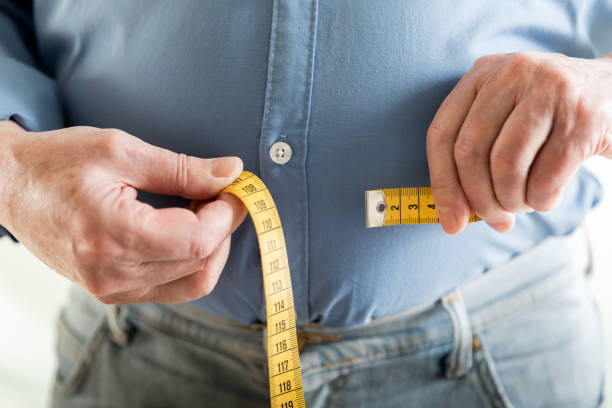GLP-1, or Glucagon-like Peptide 1, is a small hormone made up of 30 amino acids produced in the intestines by endocrine L-cells. GLP-1 is released into the bloodstream every time you eat. However, it is quickly broken down by an enzyme called dipeptidyl peptidase IV even before it leaves the gut. This suggests that GLP-1 might send signals through sensory neurons in the intestines and liver, which have GLP-1 receptors.

If you want to learn more about GLP-1 and why it’s important, this post provides some insights.
What are the Effects of GLP-1?
GLP-1 does the following:
1. Stimulates Insulin Secretion
GLP-1 helps to release insulin after eating, which lowers blood sugar levels. This is known as its incretin effect.
2. Inhibits Glucagon Secretion
GLP-1 reduces the release of glucagon which is a hormone that raises blood sugar levels.
3. Slows Down Digestion
It reduces the speed at which food moves through the stomach and intestines which helps control blood sugar levels after meals.
4. Regulates Appetite
GLP-1 helps control hunger and food intake which means it plays a role in how much we eat.
Because of its beneficial effects on blood sugar and appetite, GLP-1 and its receptor agonists (drugs that mimic its action) are being studied and used as treatments for type 2 diabetes. Low levels of GLP-1 might contribute to obesity, while high levels could cause low blood sugar after meals.
Why is GLP-1 Important?
The GLP-1 hormone plays a crucial role in your metabolism and induces the sensation of satiety (feeling of fullness). When you eat, GLP-1 is released and it signals your brain that you are full, so you’re able to regulate your appetite and prevent yourself from overeating.
GLP-1 also slows down the rate at which your stomach empties its contents into the small intestine, which in turn, contributes to prolonged feelings of fullness. Apart from its effects on your appetite, GLP-1 also stimulates the release of insulin from the pancreas which helps maintain proper blood sugar levels.
What Triggers the Release of GLP-1?
The main trigger for releasing GLP-1 is food. When you start eating, GLP-1 levels in the blood increase within 10 to 15 minutes and stay elevated for a few hours. Besides food, nerve activity and other hormones can also influence GLP-1 release. However, a hormone called somatostatin can reduce the production of GLP-1.
What Happens if I Have Too Little GLP-1?
Having too little GLP-1 after eating may contribute to obesity or make it worse. GLP-1 helps reduce your appetite after meals, so if your body doesn’t release enough of it, then you might eat more during meals and snack more frequently.
What Happens if I Have Too Much GLP-1?
There are no known conditions caused by having too much GLP-1. However, there are drugs designed to mimic GLP-1 to help control blood sugar in people with type 2 diabetes. These drugs are called GLP-1 analogs or GLP-1 agonists. GLP-1 levels also naturally increase after certain types of weight-loss surgery, which can help further with weight loss and improve type 2 diabetes.